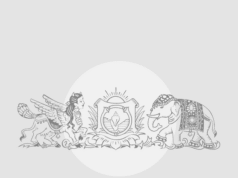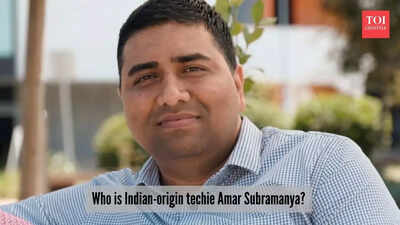
NDDB Chairman Meenesh Shah and IIL Managing Director K. Anand Kumar at the launch of the indigenous IVF media for embryo transfer on Friday.
| Photo Credit: Arrangement
Vaccine maker Indian Immunologicals (IIL) has launched an indigenous in-vitro fertilization (IVF) media ‘Shashthi’, developed in collaboration with its parent — National Dairy Development Board (NDDB).
A significant advancement in reproductive technology, IVF fertilises an egg in a controlled laboratory environment and selects the healthiest embryos for transfer. During the last couple of years, Ovum Pick Up and In vitro Embryo Production (OPU-IVEP) have emerged as a replacement for the in vivo embryo production technique. Using this technology to multiply the superior bovine germplasm can change the face of dairying in India, the company said.
To address the challenge of the high cost of media in the OPU-IVEP process, NDDB and IIL have collaboratively developed a panel of indigenous IVF media.
This launch of IVF media would make IVF technology more affordable for farmers and embrace the farmer-centric model of animal husbandry and dairy development.
“IIL is the first in India to get into manufacturing of a series of indigenous IVF media. The current cost of commercial media is ₹1,000 per embryo. The indigenously developed media costs 33% less at ₹650 per embryo. The reduced cost would lead to decrease in the cost of embryos and subsequently, the cost of pregnancies,” IIL Managing Director K. Anand Kumar said in a release on Friday.
At present, around 8,000-10,000 embryos are transferred annually in India, leading to the birth of approximately 2,000 to 2,500 calves, benefiting the farmers. However, with increasing coverage of IVF and generous government subsidies, this penetration is expected to rise significantly.
The Central Monitoring Unit of the Department of Animal Husbandry, Dairying, and Fishing (DADF), collected data from 22 functional IVF labs in India. These labs produced around 30,000 embryos over three years, until June 2023, transferring approximately 16,000 embryos and resulting in the birth of 3000 calves. There is growing demand for IVF in India and this is expected to rise to 75,000 embryos per year, IIL said.
“Embryo transfer using IVF has been increasing worldwide. With recent emphasis and support from the government of India under Rashtriya Gokul Mission, 36 IVF laboratories have been established. Presently, all IVF laboratories are using imported IVF media which is not only costly but also has limited shelf life. Indigenous IVF media will help reduce the cost of embryo production, facilitating acceptability of the technology for our dairy farmers,” NDDB Chairman Meenesh Shah said.
Published – September 13, 2024 07:23 pm IST






